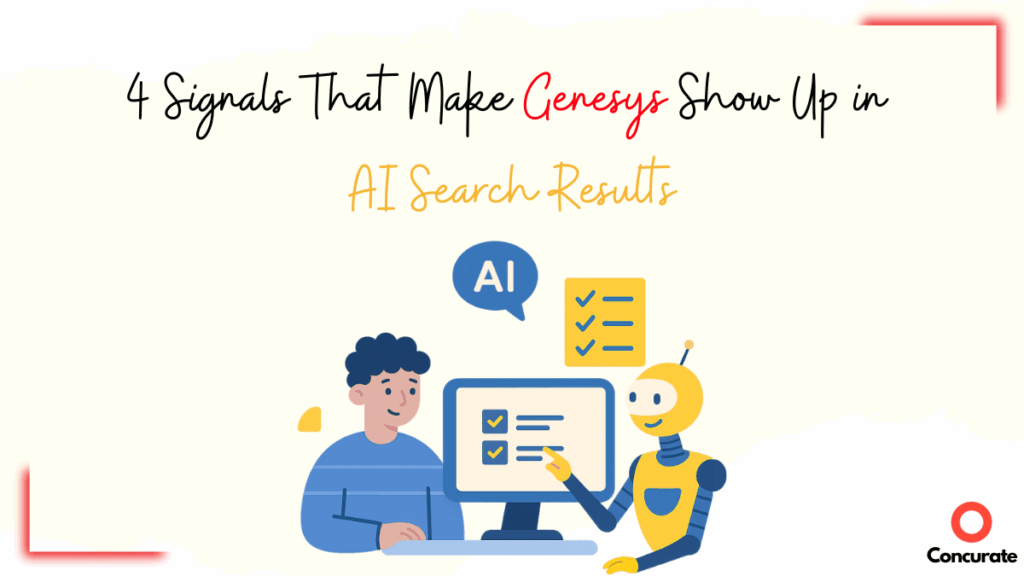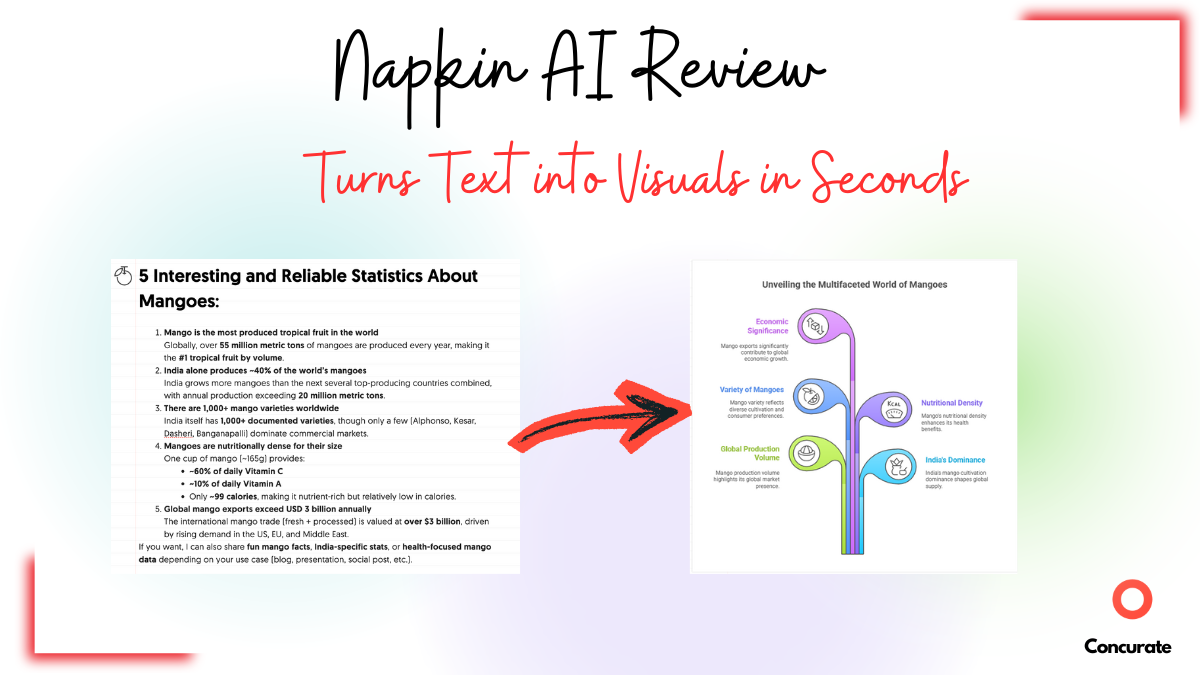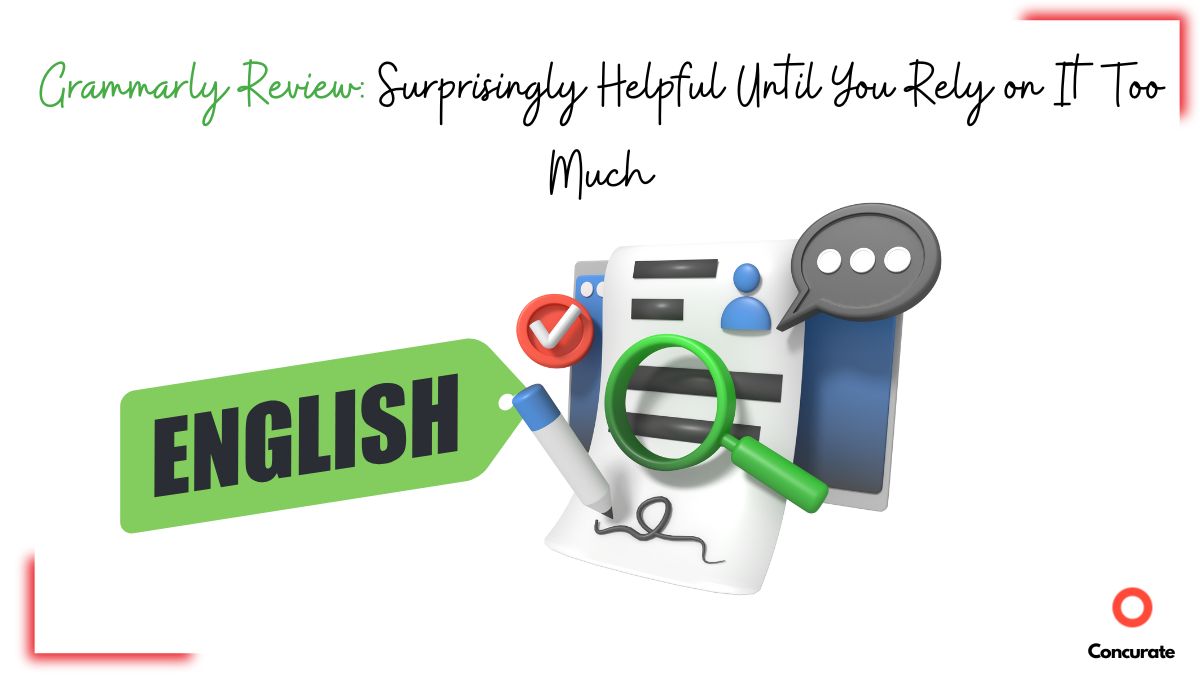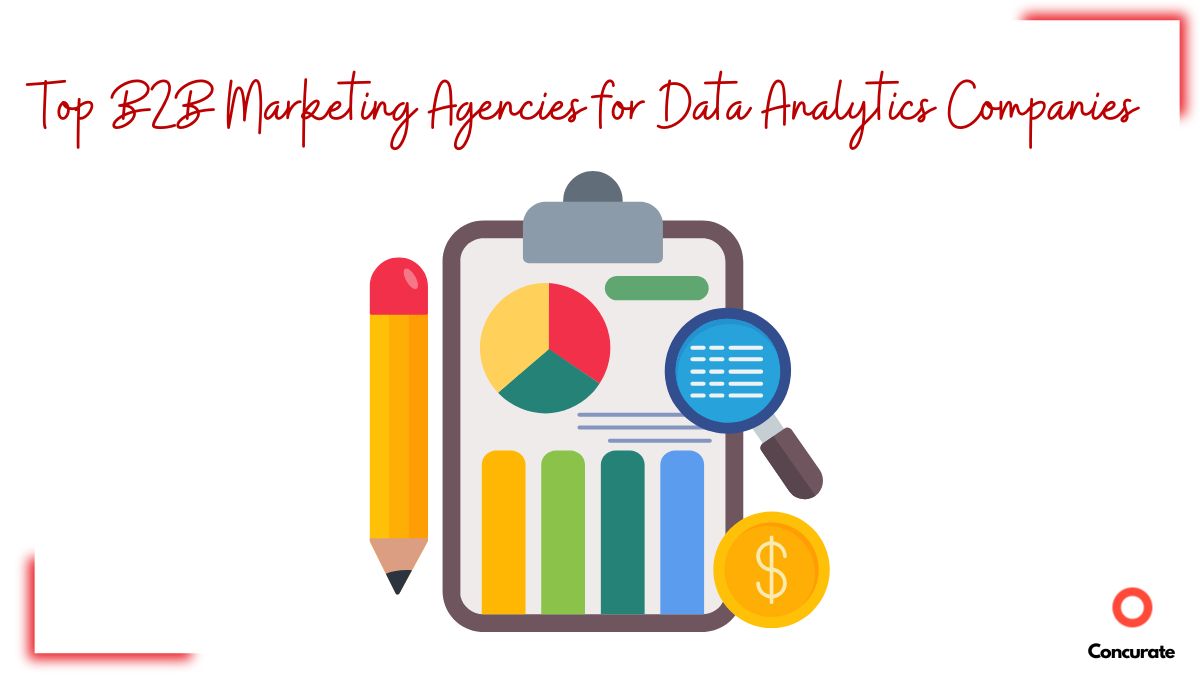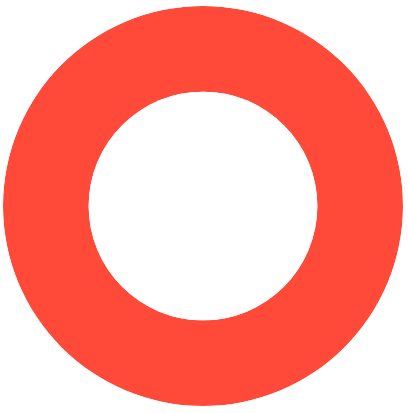| TL;DR: Genesys keeps showing up in AI answers, not because they publish more, but because they’ve built the right signals. This case study breaks down how they’ve done it, and what SaaS founders can learn to boost their own AI search visibility. |
Most conversations about contact center software focus on features like omnichannel routing, workforce engagement, AI copilots, and analytics dashboards.
Genesys talks about these things too. But here’s what’s more interesting, when you ask ChatGPT, Perplexity, or Gemini “What are the best CCaaS platforms?” or “What are the alternatives to Five9?”, Genesys almost always shows up.
This is not a coincidence, and it’s not because Genesys is outspending competitors on ads. In fact, Genesys hasn’t published the kind of “alternatives” or “best of” articles that smaller SaaS teams rely on for discoverability.
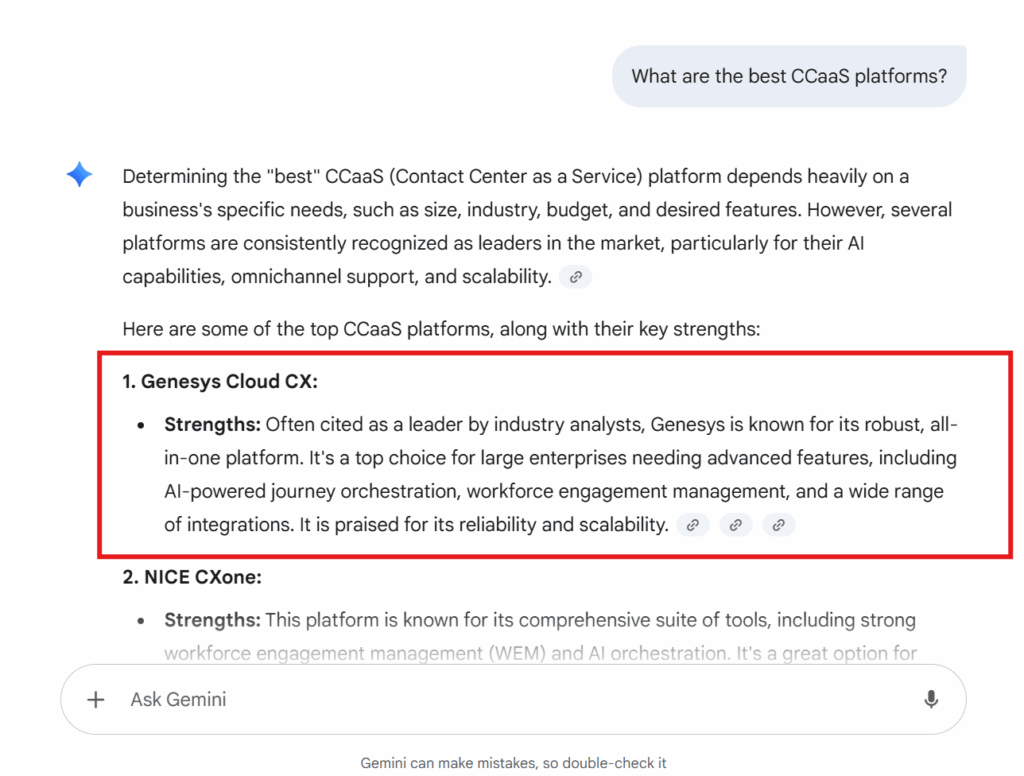
Genesys surfaces in Gemini’s answer to ‘best CCaaS Platforms’
So why does Genesys appear again and again?
Because they’ve built signal density across the web, through third-party mentions, category recognition, and content that maps directly to how buyers phrase their questions. AI engines pull from those signals, just like search engines used to pull from backlinks.
RingCentral shows up the same way. We broke down how RingCentral earned that visibility through smart page structure, outcome proof, and clear category positioning.
We’ve explored how these “answer engines” evaluate brand signals differently from Google, and what actually influences inclusion in AI answers.
And here’s the part that matters to founders, you don’t need Genesys’ scale to engineer those signals. You can do it with targeted, bottom-funnel content and smart distribution.
The same way Genesys gets cited in “Five9 alternatives” lists, your SaaS can start showing up in “Best [Category] Tools for [Use Case]” or “[Competitor] vs [Your Product]” comparisons, if you publish and seed the right assets.
In this article, we’ll break down:
- The exact signals that make Genesys surface in AI answers.
- Proof from live queries (so you can see what AI tools are actually citing).
- A practical playbook for SaaS founders to replicate the same visibility, without a billion-dollar brand.
Because if the next generation of buyers is searching inside AI tools, and your product isn’t showing up there, you’re not even in the consideration set.
1. Genesys Shows Up in “Alternatives & Comparisons” (Even Without Writing Them)
Ask ChatGPT: “What are the best alternatives to Five9?” or “Talkdesk alternatives.” Genesys almost always makes the list.
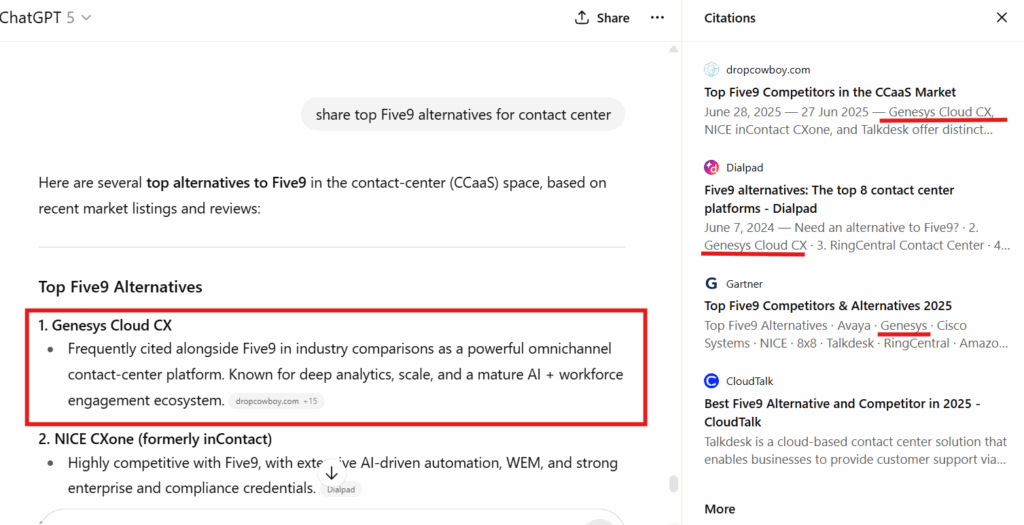
Genesys surfaces in ChatGPT’s answer to ‘Five9 alternatives’, despite not publishing comparison content themselves.
But here’s the twist, Genesys hasn’t gone out and published dozens of “alternatives” or “vs” articles themselves. They don’t have a blog post titled “Top Five9 Alternatives.”
What’s happening instead is that third-party sites, mostly, competitors like Dialpad, review blogs like CloudTalk, analyst roundups on Gartner and keep citing Genesys in their own comparison content.
That repetition is the key.
When AI tools scan the open web, they see Genesys mentioned in every “Five9 alternatives” article, every “best CCaaS” roundup, every analyst note. Over time, those signals stack up until Genesys becomes the default answer, even without them creating the content directly.
Just like Zendesk, which benefits from repeated mentions across trust-rich assets even when the content isn’t hosted on their own blog.
For founders, this is the most important lesson.
If you don’t publish “alternatives” or “vs” content yourself, someone else will and you’ll only show up if they decide to include you.
Write your own “Best alternatives to [competitor]” and “YourProduct vs [competitor]” posts. These are bottom-funnel queries, buyers are already considering switching.
Don’t worry if you’re not Genesys-sized. Even a single well-written comparison piece can get picked up by AI tools because it mirrors exactly how buyers phrase questions.
Here’s a bonus tip, once that content ranks on Google, you’ll win double exposure with organic clicks and AI mentions.
In other words, Genesys benefits from third-party mentions. But you don’t need to wait for someone else to write your story. You can engineer those signals yourself, deliberately.
2. Genesys Makes Buyer Questions Easy to Answer
When a buyer is seriously evaluating software, the questions are usually the same:
- What does it cost?
- Can I trust it with sensitive data?
- Will it scale and stay up?
- What outcomes can I expect?
Genesys has built their site so you don’t have to dig for these answers.
- Pricing: They publish tiered plans and usage-based pricing. Even if you’re an enterprise account that needs a custom deal, you still walk away with a clear picture of costs.
- Trust: Their Trust Center lays out security certifications, GDPR/HIPAA compliance, and a live status page that shows uptime.
- Scale: They highlight the billions of interactions they orchestrate every year, which signals reliability without you needing to ask.
- Outcomes: Their case studies use numbers for reduced handle time and improved CSAT, so the results feel concrete, not just marketing copy.
This matters because both buyers and AI tools work the same way. They look for fast and obvious answers. If those answers aren’t easy to find, they move on.
Making these basics impossible to miss isn’t just good UX, it’s AI search optimization 101.
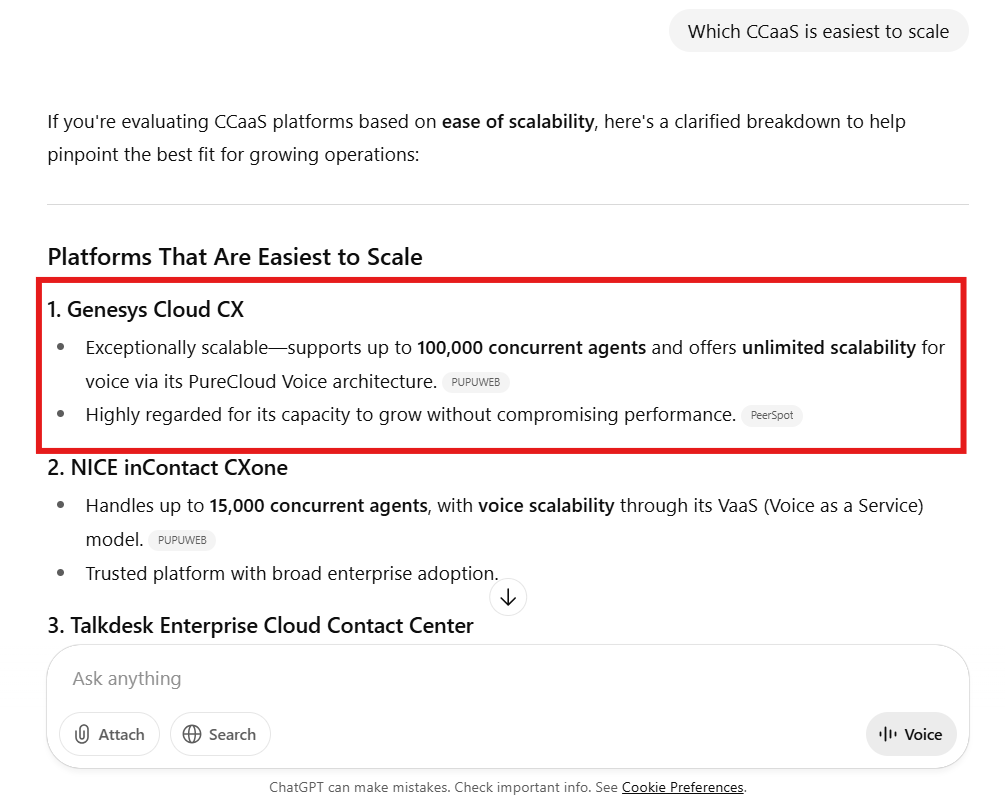
Genesys surfaces in ChatGPT’s answer for ‘Which CCaaS is easiest to scale’
Make the basics impossible to miss. Pricing, compliance, scale, outcomes. These are the things every buyer asks about before they buy, and they’re the same signals AI tools rely on when they decide which companies to recommend.
3. Genesys Owns the Analyst Narrative
Every year, Gartner, Forrester, and IDC publish their big reports like Magic Quadrants, Waves, and MarketScapes. Every year, Genesys shows up as a leader.

Genesys appearing in the Magic Quadrant for CCaaS Report by Gartner
That’s not just good PR. Those reports get cited everywhere, on vendor sites, in analyst blogs, in media coverage and AI tools notice that.
When ChatGPT or Perplexity answers “Which CCaaS platforms are leaders in the market?”, it leans on those same sources. Genesys is there by default.
Zendesk benefits from a similar ecosystem effect, though they lean harder on trust and AI-first positioning.
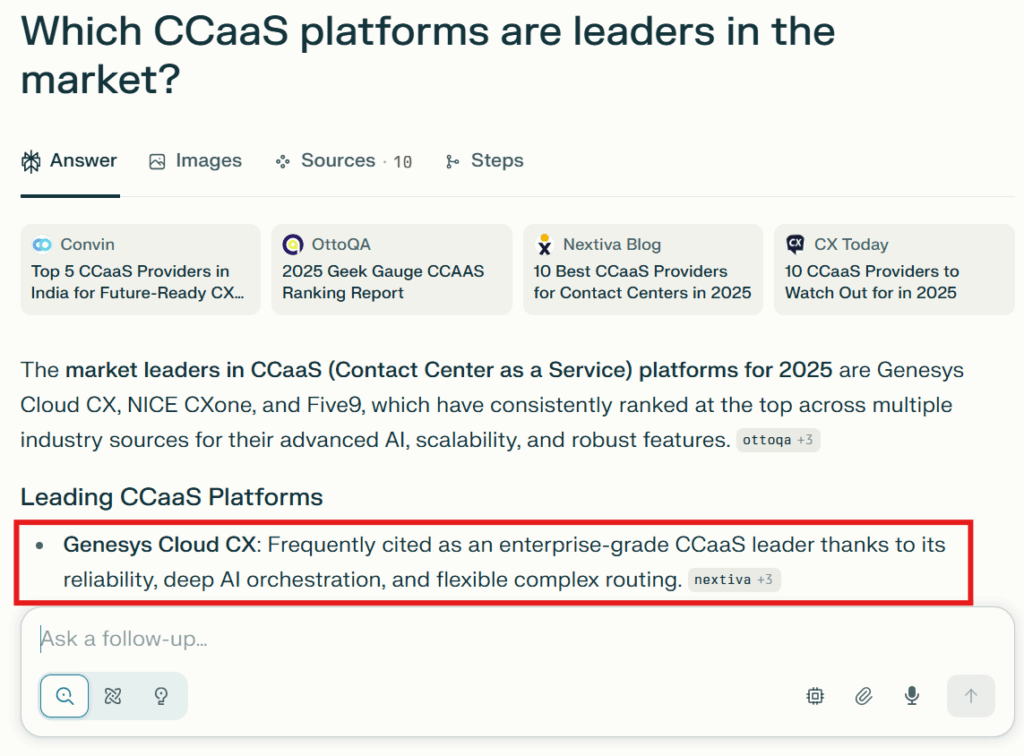
When asked about ‘Which CCaaS platforms are leaders in the market?’, Genesys shows up as the top result in Perplexity
But here’s the thing, most SaaS companies aren’t going to get a Gartner write-up tomorrow. That doesn’t mean you can’t play this game.
You can build your own “micro-analyst” assets.
For early-stage teams, the strategy changes depending on growth stage, especially when you’re not yet on Gartner’s radar.
Publish benchmark reports, run customer research, or collect usage data from your product and turn it into insights.
Over time, those reports can get picked up by communities, newsletters, and even AI tools. You don’t need a Gartner budget to create data that signals authority.
If you’re finding these breakdowns useful, you’ll love Newsletter Alpha. Our weekly digest that helps SaaS teams cut through the noise with actionable insights. It’s the shortcut your content team needs.
4. Genesys Talks in Outcomes, Not Features
Most SaaS websites default to features like, “Omnichannel routing,” “AI-powered agent assist,” or “advanced analytics.”
Genesys takes a different route. They talk in numbers like, “25% reduction in handle time,” “Billions of interactions orchestrated every year,” or “4x improvement in digital engagement”
Why does this matter? Because buyers don’t type “Which platform has omnichannel routing?” into ChatGPT. They ask questions like:
- “Which CCaaS platform reduces handle time?”
- “Which contact center software drives the highest ROI?”
- “Which CX vendor improves digital engagement rates?”
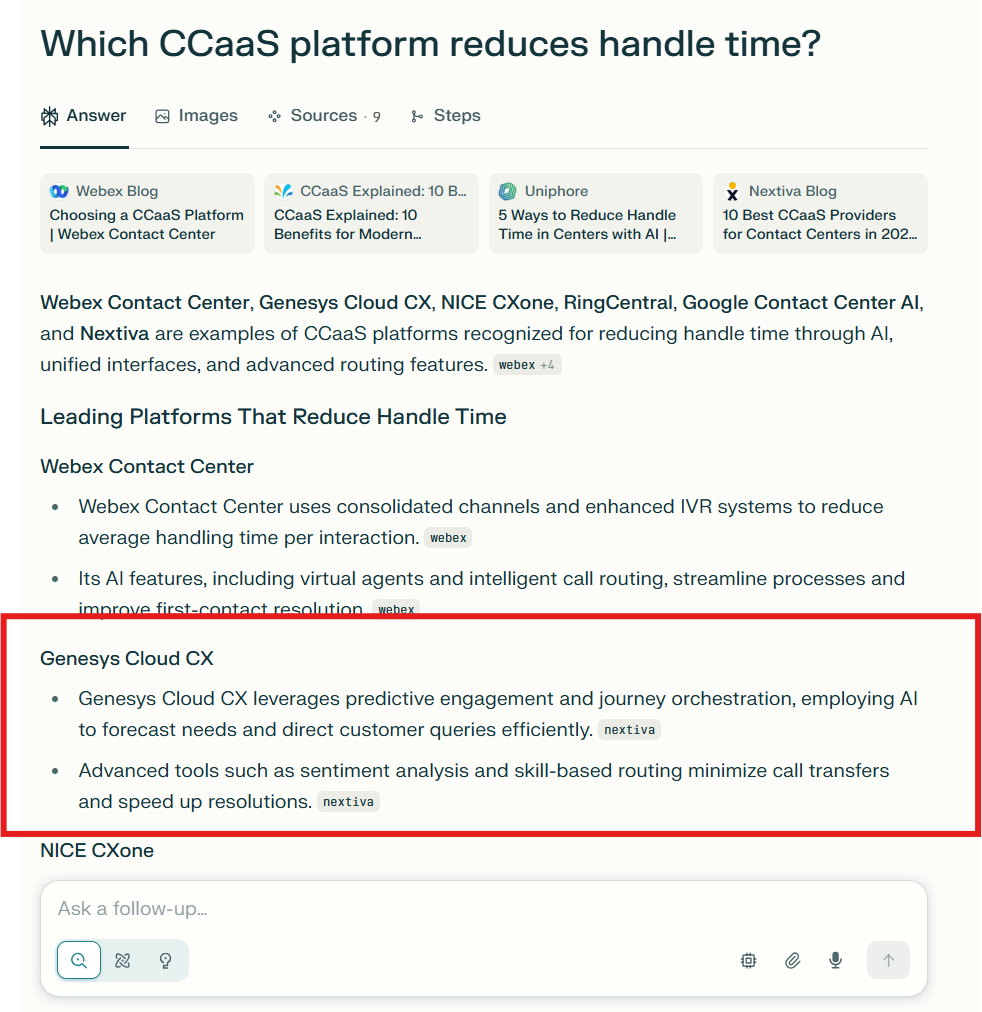
When asked Perplexity ‘Which CCaaS platform reduces handle time?’, Genesys shows up, not by accident, but through engineered signal density.
AI tools need specifics to answer those questions. And Genesys makes it easy by putting outcomes right on their site.
So when ChatGPT pulls Genesys into an answer, it’s not because of the feature list, it’s because the outcomes are quotable proof.
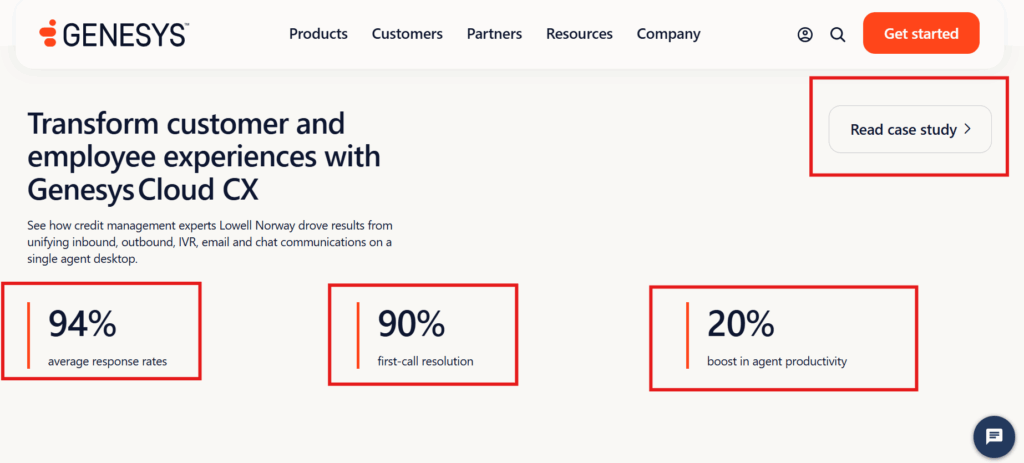
Genesys highlighting outcomes on their website for better discoverability by the AI tools
Stop hiding your wins in PDFs and press releases. Put numbers front and center. How much time do you save, how much churn do you cut or how much ROI can customers expect? Those are the specifics that buyers and AI tools remember.
What Founders Can Take Away
Genesys shows up in AI answers not because they publish endless blogs, but because they’ve built the right signals into their ecosystem:
- They’re present in alternatives and comparisons.
- They make pricing, trust, scale, and outcomes easy to find.
- They own the analyst narrative, both big (Gartner) and small (micro-analyst content).
- They frame their story in outcomes buyers actually search for.
The lesson for founders is simple, you don’t need Genesys’ budget to pull this off. You just need to plant the right signals in the right places.
That means:
- Publish the comparison and alternative pages yourself.
- Put your pricing and trust signals in plain sight.
- Share real outcomes with numbers, not vague features.
- Create your own analyst-style reports, even if they’re small-scale.
For another perspective in the CCaaS space, check out our NICE CXone AI visibility case study, which shows how owning comparison queries and trust signals makes them surface consistently in ChatGPT and Perplexity answers.
If you’re wondering how to turn these lessons into action, we’ve built a 13-point checklist to optimize B2B SaaS blogs for AI search. It’s the exact framework we use to help SaaS teams show up in ChatGPT and Perplexity answers.
Do this, and when buyers ask AI tools “Which [category] platform is best for X?”, your name has a shot at showing up.
Because in the age of AI search, visibility isn’t about who shouts the loudest. It’s about who leaves the clearest signals.
And if you’d rather not figure it out alone, that’s where we come in. At Concurate, we help SaaS founders engineer these signals deliberately, so you don’t just get clicks, you get cited in the places where buying decisions are made.
FAQs
Yes. AI tools don’t prioritize company size, they prioritize signals. If you publish comparison pages, make pricing clear, and get mentioned across credible sources, your SaaS can show up too.
If you can only create one thing, start with a comparison or alternatives page (e.g., “YourProduct vs Competitor”). These are late-funnel queries, and even one good page can start surfacing in AI answers.
It varies by platform. Some AI tools refresh their data in weeks, others in months. The earlier you publish and distribute signals, the sooner you’ll start appearing.
Not necessarily. While Genesys benefits from big analyst mentions, smaller SaaS companies can create “micro-analyst” content like, benchmark reports, surveys, and usage insights, that AI tools also pick up.
Even if your pricing is complex, publish ranges, starting tiers, or usage-based examples. Clear signals give both buyers and AI crawlers something concrete to reference, instead of leaving a blank space.


